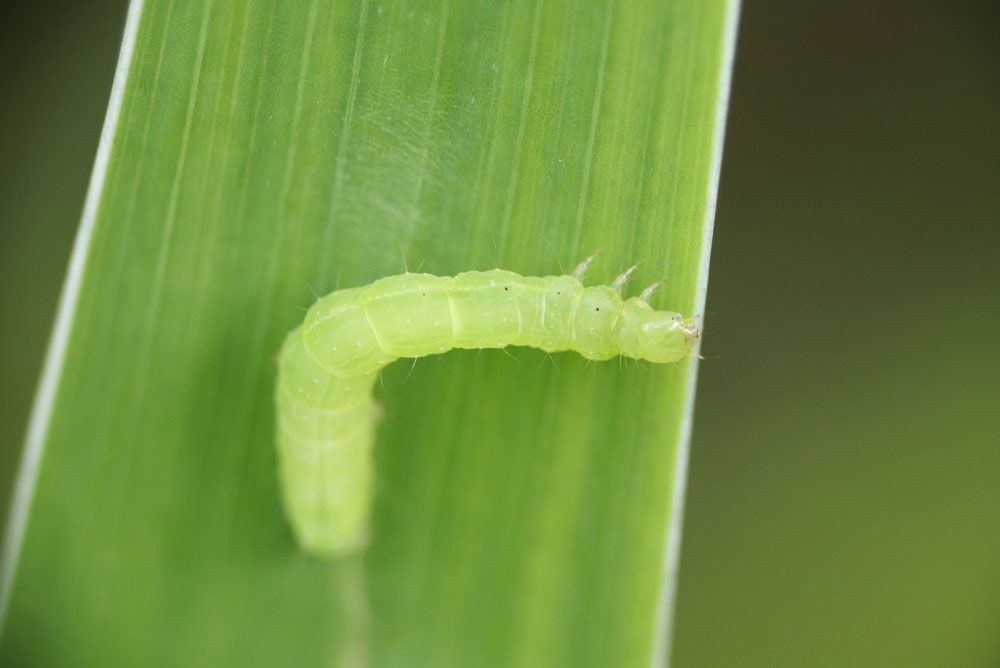
Spring Inchworms – Paleacrita vernata
Spring Inchworms – Paleacrita vernata
Common Name: Spring Inchworms
Latin Name: Paleacrita vernata
Appearance:
Spring Inchworms have interesting looks that change depending on their surroundings. The bodies of these worms are usually thin and long, with some separate parts. Their colors change, and a lot of the time, they fit in with spring greenery. Their unique way of moving through their environment is a repeating action that looks like they are inching.
Host Plant:
These inchworms get very close to trees and shrubs that lose their leaves in the fall. Many of the plants they like to live on make the scenery look beautiful in the spring, adding to the season’s natural dance.
Territory:
Spring Inchworms are commonly found in temperate climates where the arrival of spring represents a period of renewal and growth. Their home range includes forests, parks, and other places their host plants do well.
Damages Caused by Spring Inchworms:
Spring Inchworms are an important part of nature’s complex tapestry, but their voracious hunger for leaves can cause damage that can be seen. In their drive for food, these caterpillars may eat tender leaves and buds, which can hurt the health of the plants they live on.
Life History and Habitat:
Nature’s Rhythmic Dance
Spring Inchworms have a life cycle that fits in with the rhythm of the seasons. They start their trip as eggs are laid on host plants. The eggs hatch into caterpillars, which start a time of eating and growing. Once fully grown as larvae, these inchworms undergo metamorphosis and change into moths that help their species reproduce and pollinate flowers.
Habitat Harmony
The life stages of the plants that Spring Inchworms eat are closely linked to where they live. They do best in parks, woodlands, and other places with many woody plants. This relationship between two living things that help each other shows how delicate ecosystems are and how each species, like the inchworm, has a special part to play in the dance of life.
